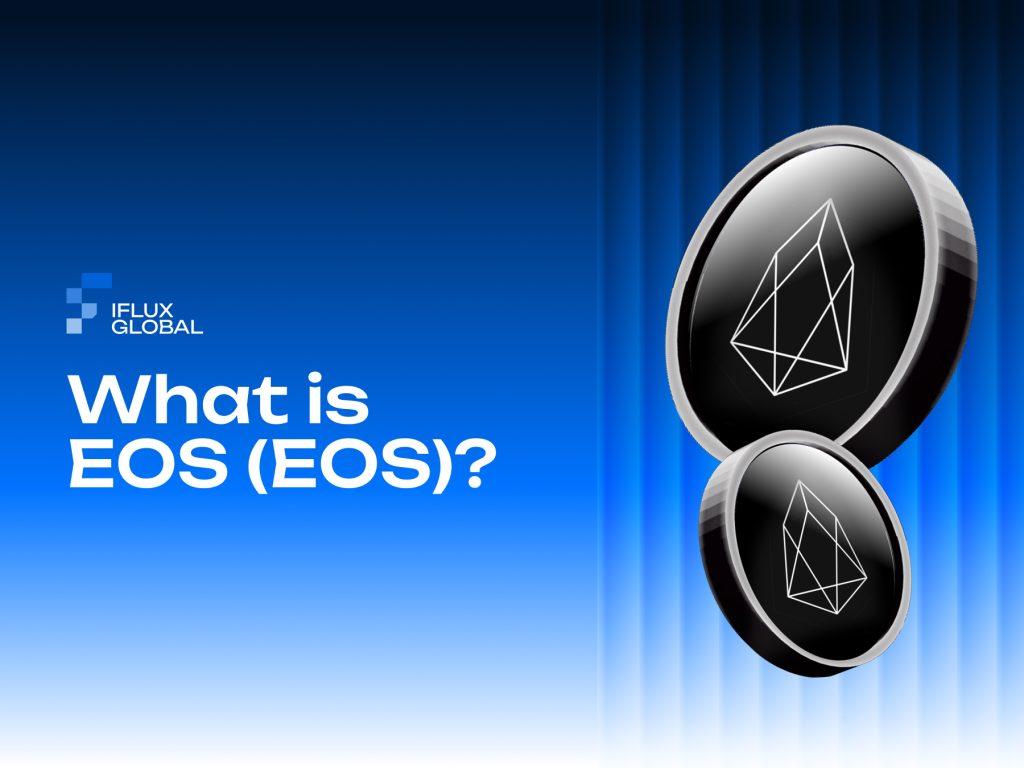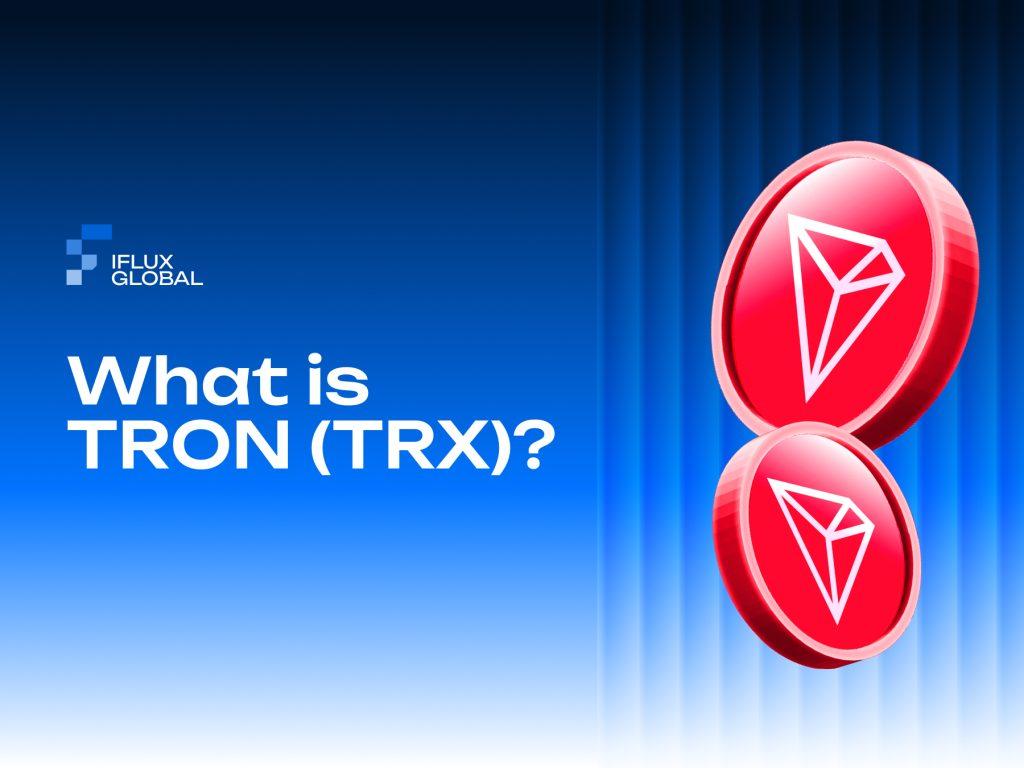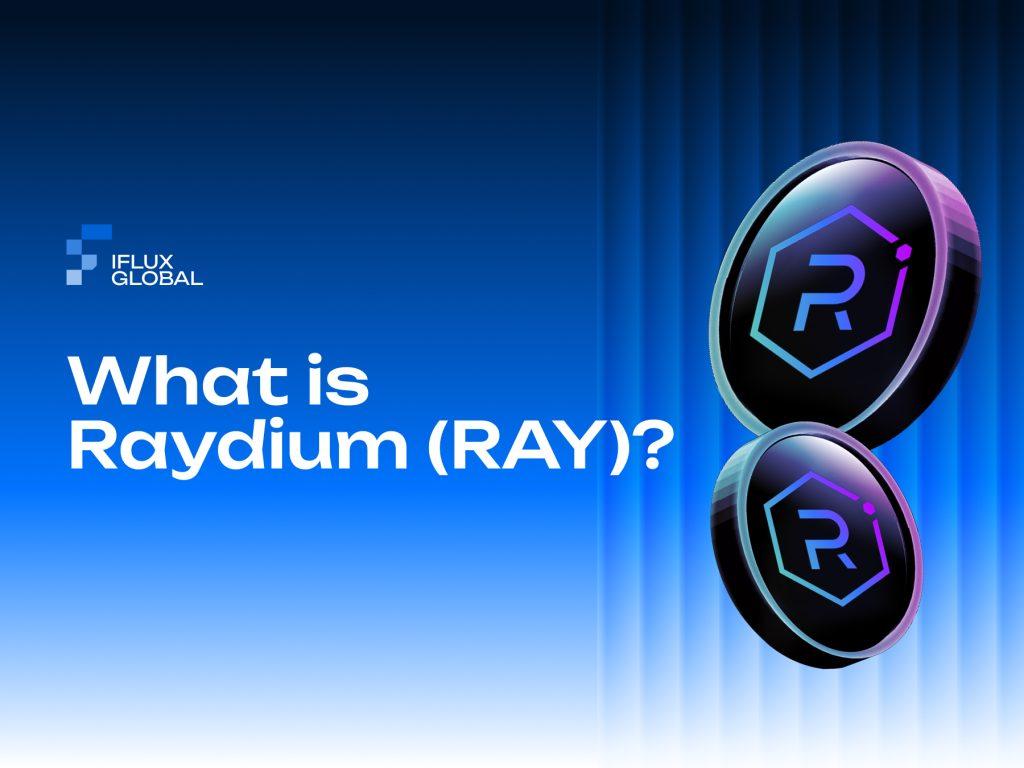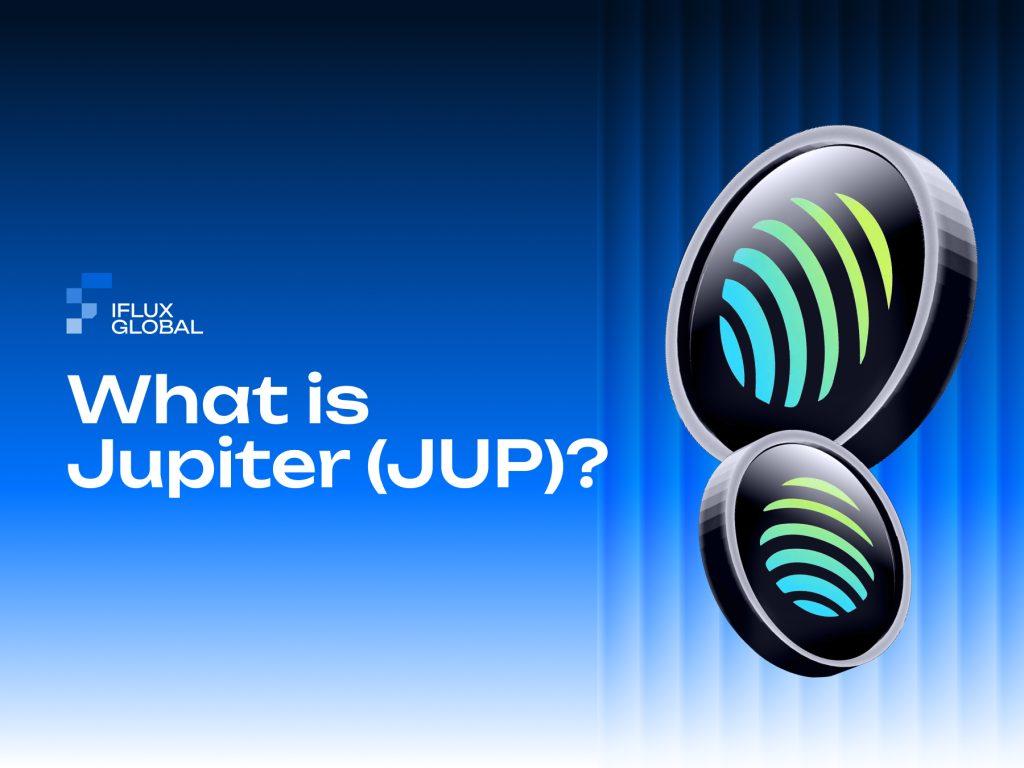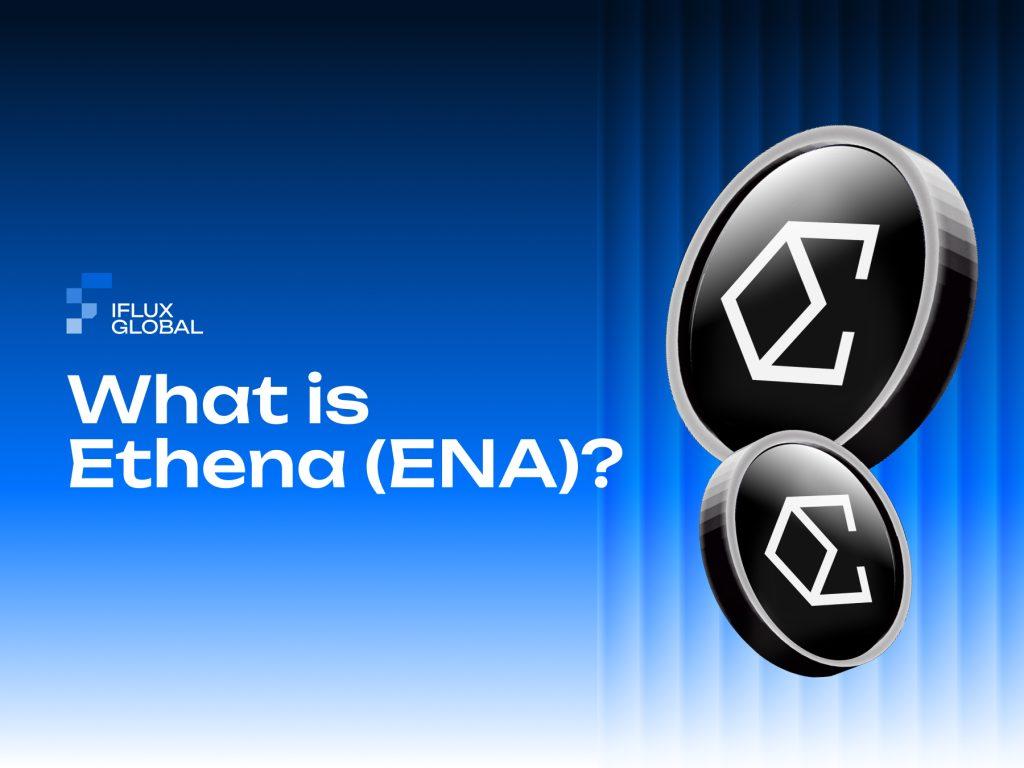The blockchain landscape continues to evolve at lightning speed, with various platforms competing to offer the perfect balance of scalability, security, and usability. Among these competitors stands EOS, a veteran platform now experiencing a renaissance. This comprehensive guide explores EOS’s technology, tokenomics, and market potential as it positions itself for a potential comeback in 2025’s competitive blockchain ecosystem.
What is EOS (EOS)?
EOS (EOS) is a third-generation, open-source blockchain platform designed to support the development, hosting, and execution of decentralized applications (dApps) at an industrial scale. Launched in June 2018 by Block.one, it was created to address common blockchain challenges like scalability, transaction fees, and usability, positioning itself as a competitor to platforms like Ethereum.
The platform functions as a decentralized operating system, providing developers with the necessary tools and resources to build and deploy commercial-scale dApps. Its native cryptocurrency powers the blockchain and serves multiple purposes within the ecosystem.
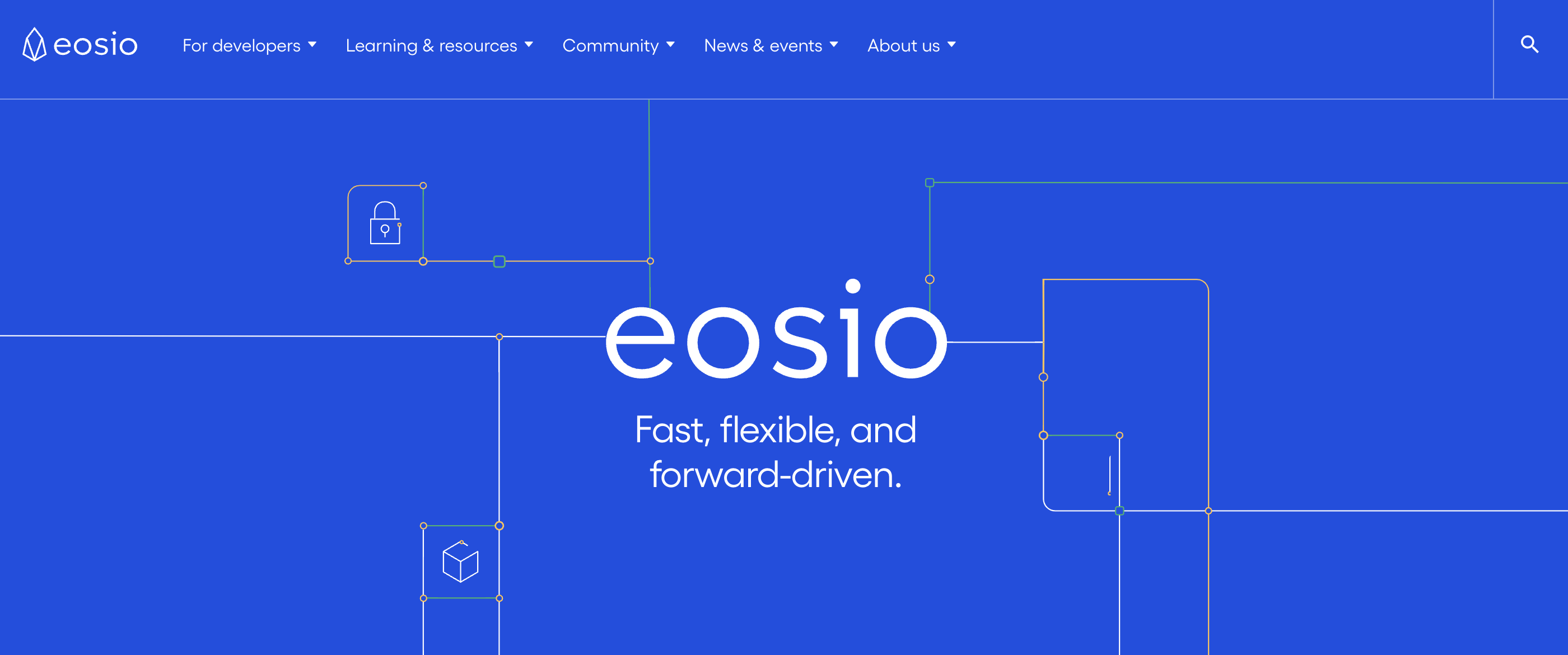
Many users often confuse the distinctions between EOSIO, Block.one, and the main blockchain network. Block.one is a technology company registered in the Cayman Islands that specializes in providing high-performance blockchain solutions. Their notable products include Voice and the blockchain platform we’re discussing in this article. Meanwhile, EOSIO refers to the blockchain platform solution set that includes tools, source code, and resources for developers.
How Does EOS Work?
This blockchain operates on a fundamentally different architecture compared to many other networks, with several key technological innovations that set it apart:
Delegated Proof-of-Stake (DPoS) Consensus Mechanism
Unlike Bitcoin’s energy-intensive Proof-of-Work system, this platform uses a Delegated Proof-of-Stake (DPoS) consensus mechanism enhanced with Byzantine Fault Tolerance (BFT):
- Token holders can stake their coins to vote for block producers (validators) who secure the network
- Only 21 block producers validate transactions and maintain the blockchain at any given time
- This significantly reduces the number of nodes involved in reaching consensus, enabling much faster transaction processing
- The system can reportedly handle up to 4,000 transactions per second, with theoretical capacity for millions
- Block time is impressively quick at 0.5 seconds
- The Savanna consensus upgrade implemented in September 2024 reduced finality to just 1 second using Boneh-Lynn-Shacham (BLS) signatures
The specific implementation, BFT-DPOS, allows token holders to use their coins to vote for block producers through a “Continuous Approval Voting System.” These producers participate in block validation as long as they don’t sign two blocks simultaneously or at the same block height. With this model, the blockchain achieves consensus in approximately one second.
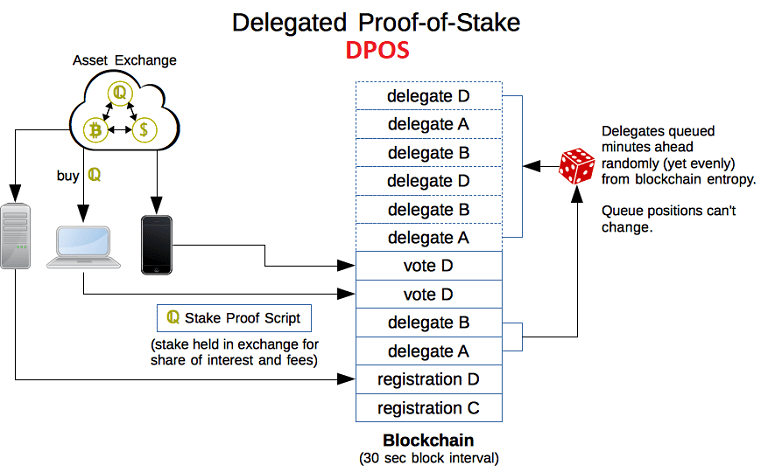
Unique Resource Model
This platform takes a novel approach to transaction fees and resource allocation:
- The system eliminates traditional transaction fees by requiring users to stake tokens to access network resources
- Three key resources are managed: CPU (computation power), NET (bandwidth), and RAM (storage)
- Staking allocates resources proportionally to the amount staked
- Unused CPU and NET resources are automatically freed up, while RAM must be explicitly sold
- Developers stake tokens to deploy dApps, and users can interact with these dApps without paying gas fees, unlike on Ethereum
Technical Features and Capabilities
The blockchain includes several advanced features that enhance its functionality:
- Scalability Solutions: Supports both horizontal and vertical scaling through parallel processing and sharding-like techniques
- Enhanced Virtual Machine: An Ethereum-compatible VM launched in April 2023 allows Ethereum-compatible smart contracts written in Solidity to run on this platform, enhancing interoperability
- Community-Driven Governance: Block producers and token holders can upgrade the protocol or fix bugs, making the system adaptable
- Feeless Transactions: Costs are covered by inflation or staking rather than direct user fees
- Permissioned Keys: Enhanced security with keys that have limited capabilities
- Trustless Bridge: Facilitates token movement between the native blockchain and its EVM implementation
Tokenomics of EOS
Understanding this blockchain requires familiarity with its economic model and token utility:
Token Key Metrics (as of April 2025)
- Token Name: EOS
- Ticker: EOS
- Blockchain: EOS
- Token Type: Utility, Governance
- Total Supply: Fixed at 2.1 billion tokens (changed from an inflationary model in May 2024)
- Max Supply: 2.1 billion tokens
- Circulating Supply: Approximately 1.5 billion tokens (71.28% of total supply)
Token Utility and Use Cases
The native token serves multiple functions within the ecosystem:
- Resource Access: Staking grants CPU, NET, and RAM for dApp operations
- Governance: Staked tokens provide voting power to elect block producers
- Staking Rewards: Following the REX 2.0 update in June 2024, stakers earn high-yield rewards for locking tokens (21-day lockup period)
- RAM Market: Tokens are used to buy RAM, a scarce resource for data storage, which can be resold
- Economic Transactions: Facilitates payments and liquidity throughout the ecosystem
Token Distribution
The initial distribution of tokens occurred during one of crypto’s largest ICOs:
- 1 billion ERC-20 tokens were distributed during a year-long ICO (June 2017–June 2018)
- The ICO raised an unprecedented $4.1 billion
- These tokens were later swapped for native blockchain tokens upon mainnet launch
Post-2024 allocation under the new tokenomics includes:
- 315 million tokens: Market making and liquidity provisioning across exchanges and DeFi
- 35 million tokens: Purchased RAM for ecosystem initiatives
- 15 million tokens: Public goods funding (e.g., middleware development)
- Remaining tokens: Vested for block producers, the Foundation, Labs, and staking rewards
Token Release Schedule
The token model has evolved significantly over time:
- Pre-2024: Operated on an inflationary model that added 5% annually (later reduced to 1%)
- Post-2024: Implemented a fixed supply of 2.1 billion with a 4-year halving cycle for staking rewards, starting May 2024
- Rewards decrease gradually over time, mimicking Bitcoin’s halving schedule but with a smoother curve
EOS Roadmap
The 2024–2025 roadmap, outlined by the EOS Network Foundation, focuses on several key areas:
Completed Milestones (2024)
- Savanna Consensus (September 2024): Enhanced scalability and implemented 1-second finality
- New Tokenomics (May 2024): Introduced fixed supply, halving cycle, and REX 2.0 staking
- exSat Launch (October 2024): Integrated a Bitcoin scaling solution with the platform
Ongoing and Planned Developments (2025)
- EVM Enhancements: Gas redistribution to reward high-performing dApps, token standard expansions for improved interoperability
- Antelope IBC: Secure inter-blockchain communication for cross-chain functionality
- MPC Wallets: Multi-party computation for improved security
- Vaulta Rebranding: Transition to a Web3 banking and finance focus, integrating Yield+ and Recover+ initiatives
The long-term vision aims to position this blockchain as a hub for real-time, scalable dApps with multichain compatibility.
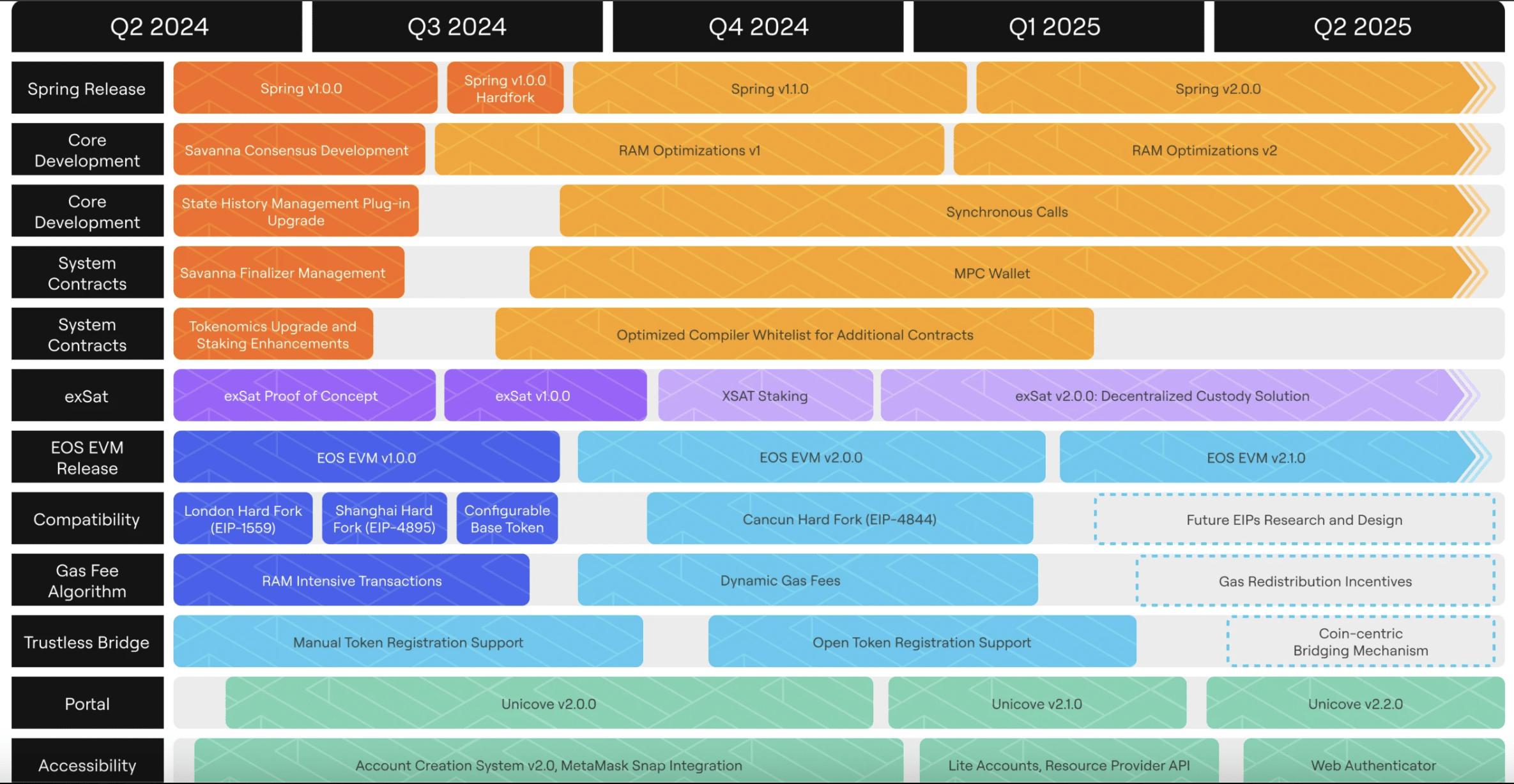
EOS Core Team, Investors, and Partnerships
The leadership behind this blockchain has evolved significantly since its inception:
Leadership
Block.one Founders:
- Dan Larimer (CTO): A blockchain pioneer who previously created BitShares and Steemit; designed the protocol but left Block.one in 2021
- Brendan Blumer (CEO): Led the $4.1 billion ICO; remains with Block.one, though its role has diminished
Network Foundation:
- Yves La Rose (CEO): Founded the Foundation in August 2021; drives community-led development
- Core Developers: Many transitioned from Block.one to the Foundation, focusing on open-source contributions

Key Investors
- ICO Backers: Raised $4.1 billion from global investors, including Mike Novogratz (Galaxy Investment LP), who invested $30 million in Everipedia (a blockchain-based project) in 2018
- Network Ventures: The Foundation’s investment arm funding ecosystem projects
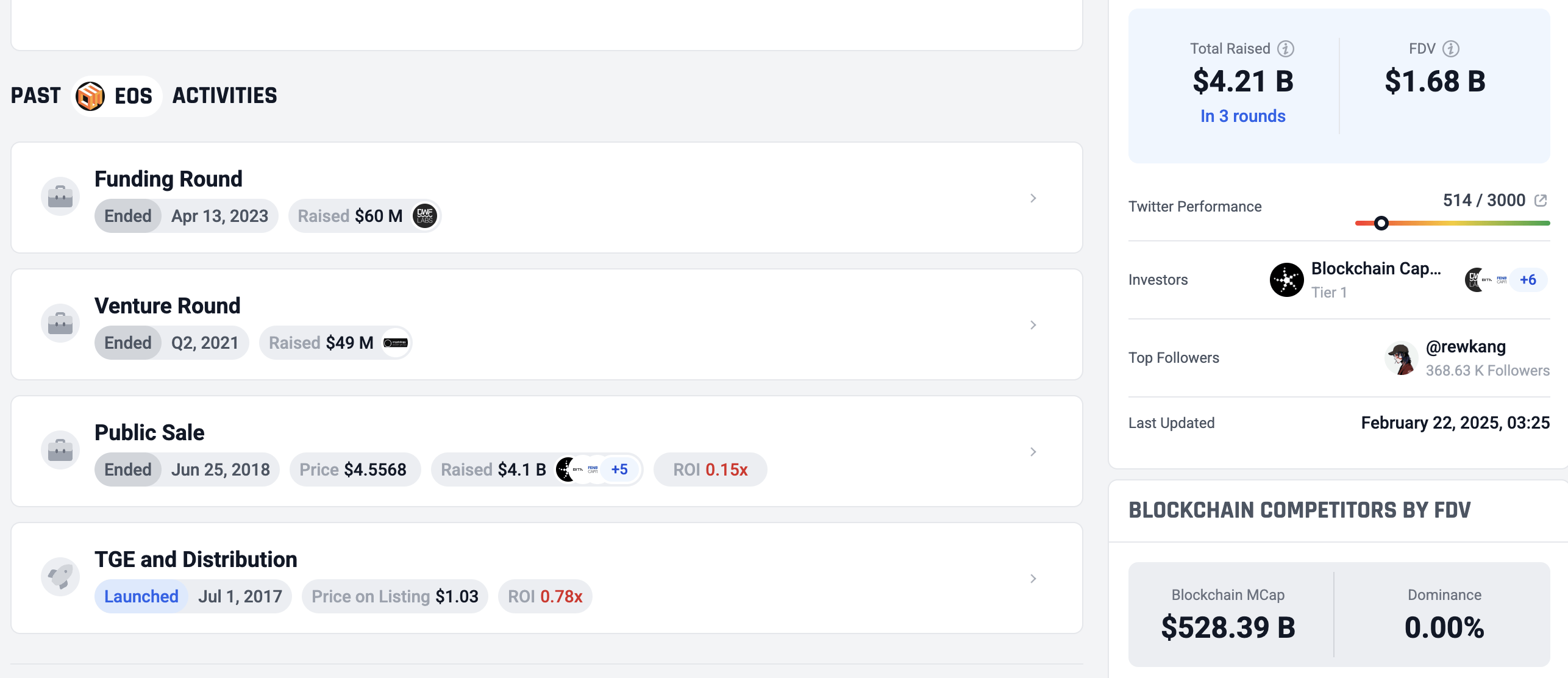
Strategic Partnerships
The platform has established several significant partnerships:
- Everipedia (2017): Early adopter for decentralized wiki content
- Telos, WAX, UX Network (2022): Coalition to support protocol development
- Upland, OmniOne, Ultra: dApps leveraging the platform for gaming, identity, and distribution
- exSat: Collaboration to scale Bitcoin via the infrastructure
EOS Challenges and Considerations
Despite its technological advantages, this blockchain faces several significant challenges:
Centralization Concerns
- The DPoS system’s reliance on just 21 block producers raises questions about decentralization
- Block producers have historically been concentrated in certain regions like China
- This centralization risk contrasts with the more distributed node structures of Ethereum or Bitcoin
Developer Company Controversy
- After raising $4 billion, Block.one faced criticism for misallocating funds and neglecting development
- This led to a 2019 SEC settlement with a $24 million penalty
- The community eventually forked away from Block.one’s influence in 2021
Adoption and Competition
- Despite technical advantages, the platform struggles to match Ethereum’s extensive dApp ecosystem and developer mindshare
- Competitors like Solana and Cardano also offer compelling scalability solutions
- The project must overcome its past reputation issues to drive new adoption
Market Volatility
- The token’s price has declined significantly from its 2018 all-time high of $22.89 to approximately $0.62 (March 2025)
- This decline reflects both broader crypto market challenges and project-specific concerns
EOS Recent Market Performance
Despite past challenges, the platform has recently shown signs of a potential resurgence:
Technical Breakout
- The price has recently printed a solid 13% surge, breaking out of a significant technical pattern
- This performance is particularly notable given Bitcoin’s struggle to maintain above $81,000
- The breakout occurred from a descending wedge pattern around the $0.45-$0.50 range
- Trading volume spiked over 58% during this move, indicating renewed investor interest
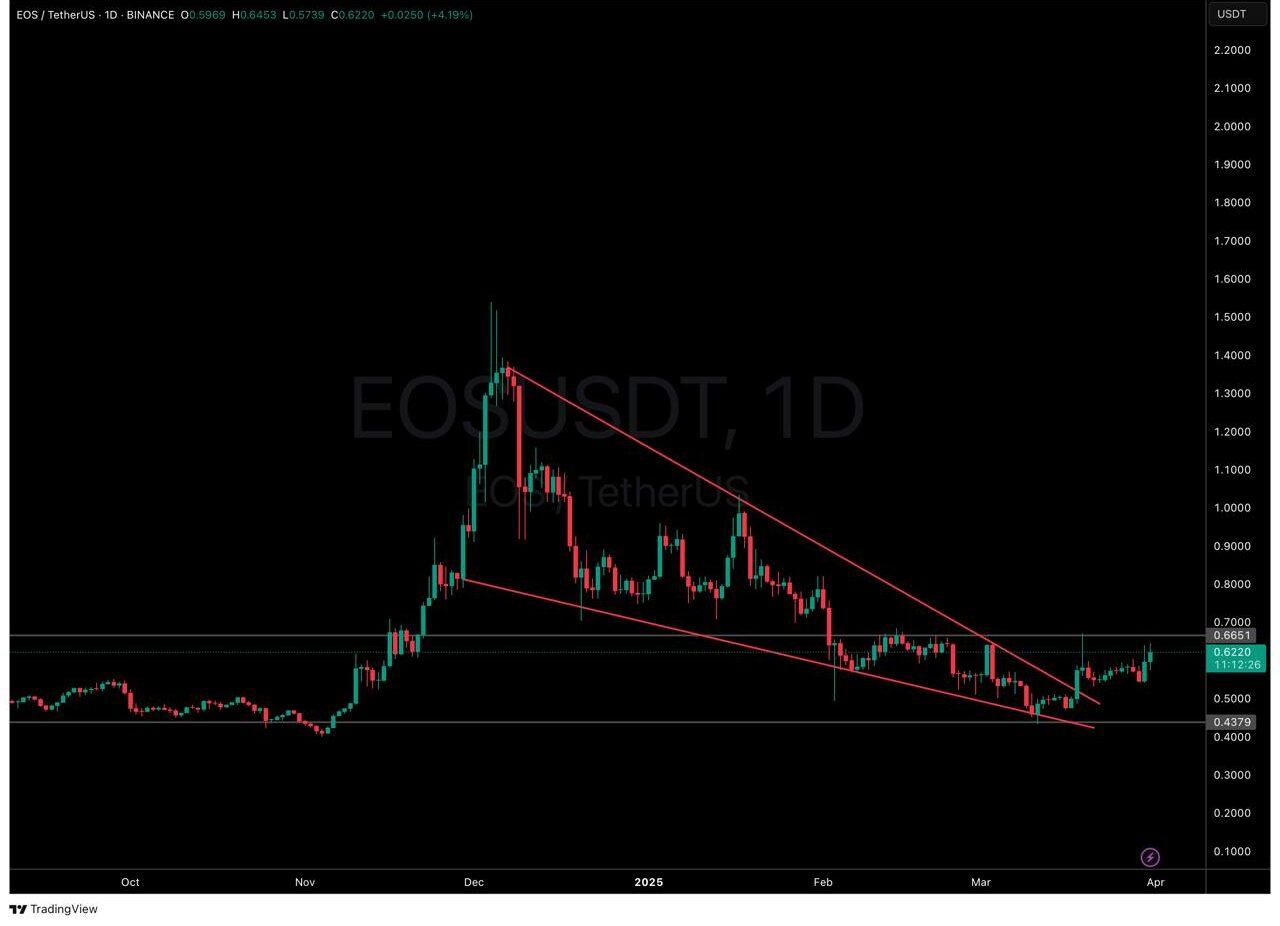
Key Price Levels
- The price is currently hovering above $0.62, pushing toward the next visible resistance levels
- Immediate resistance sits around $0.66, with key levels at $1.00 and $1.30
- The $0.43-$0.50 levels now act as strong support zones
Market Narrative
The recent surge suggests a potential narrative shift:
- Older, “forgotten” large-cap coins may still have growth potential
- In uncertain market conditions, some traders are returning to familiar names with deep liquidity and established infrastructure
- This could signal the beginning of a broader trend where undervalued projects from previous cycles stage comebacks
Conclusion
This blockchain remains a fascinating project in the cryptocurrency space, combining high-performance technology with a complex history. Its technical capabilities—including near fee-less transactions, high throughput, and developer-friendly tools—continue to position it as a potentially valuable platform for dApp development.
Under the leadership of the Network Foundation, the project has made significant strides to distance itself from past controversies and build a sustainable path forward. The introduction of a fixed supply model, improved consensus mechanisms, and expanded EVM compatibility demonstrate a commitment to technical excellence and mainstream viability.
However, challenges remain in terms of adoption, competition, and reputation recovery. For the platform to achieve its potential, it must leverage its technical advantages to attract developers and users away from competing networks while continuing to build trust with the broader cryptocurrency community.
As the blockchain landscape continues to evolve, the recent market performance suggests that investors may be taking a second look at this once-prominent project. Whether this represents a temporary bounce or the beginning of a sustained recovery will depend on the project’s ability to execute its roadmap and capture market share in an increasingly competitive environment.
About iFlux Global
iFlux Global democratizes access to advanced financial services, enabling everyone to access sophisticated crypto investment tools anywhere, anytime. Our platform offers comprehensive solutions designed to help crypto investors maximize their profit potential.
